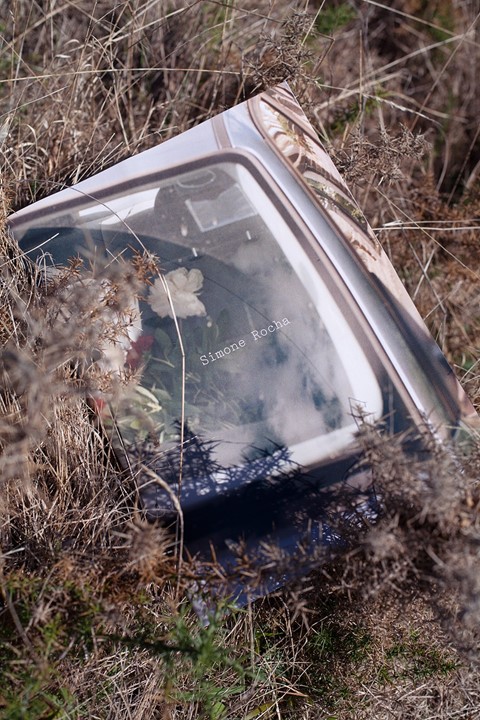The Irish designer and her enduring collaborators muse on her covetable new photo-book
Last weekend, Simone Rocha unveiled her Spring/Summer 2016 collection at London's esteemed Lancaster House. The palatial setting – rich in sunset-orange marble plinths, crest-woven carpets and diamond chandeliers worthy of a Great Gatsby party – painted a decorous backdrop, for what was to be the Irish-born London-based designer’s most elevated and beautifully executed offering to date.
The inaugural looks seduced as much as they excelled with girlish sweetness: a diaphanous pale pink puff-sleeved dress, bound by knotted black silk straps that contoured the décolletage in a crisscross formation; a red bamboo-print dress and co-ordinated coat with ribbon ties that constricted the arms, accentuated the bust and jutted over spangly, crystal-embellished tights.
It’s a wonder then, that this spellbinding collection was in fact, born out of nausea – more specifically, morning sickness. “I discovered I was pregnant while on a work trip to Kyoto in Japan,” she confessed post-show, adding: “I was suddenly seeing everything so intensely.” Japanese photographer Nobuyoshi Araki, famed for his erotic bondage art, also transpired as a prevailing influence, as evidenced by Rocha’s tightly woven silicon straps and lattice-effect harnesses that anchored flyaway organza skirts and tiered bubble dresses. So too, did a trip to Kyoto's tranquil bamboo fields, which Rocha refers to in her poetic show notes: "I saw a bride in the bamboo forest" – and evidently expressed in the closing looks, a trio of delicately bound white dresses.
It’s precisely this push and pull of tension, the nimble balance between sensuality and femininity that plays out in a sculpted coat, pocketed dress or frill-trimmed brogues, that makes Rocha’s clothes so relevant, and evidently, so important. She has a knack of unifying disparate themes with ease, creating a duality that feels wholly original, which, beyond the exquisite clothes, has manifested in both her eclectic new Mount Street store, and (even more recently) her eponymous debut tome, which celebrates this pivotal point in her career.
“I wanted to make a book of all my collaborations, and create something purely visual. Also, because I work with lots of people that I love, I asked them to interpret my work,” muses Rocha on the beautiful, A2-sized printed photo-book. Rather than a straightforward composition of chapters, the work places the contributors' images in unusual sequences – creating a harmonious visual union of her past, present and future. Stark monochrome images of Irish youths juxtapose the inky red paintings of Rocha's long-time muse, Louise Bourgeois, for example. Here, via Rocha and several of her enduring collaborators, we leaf through and examine the book in closer detail.
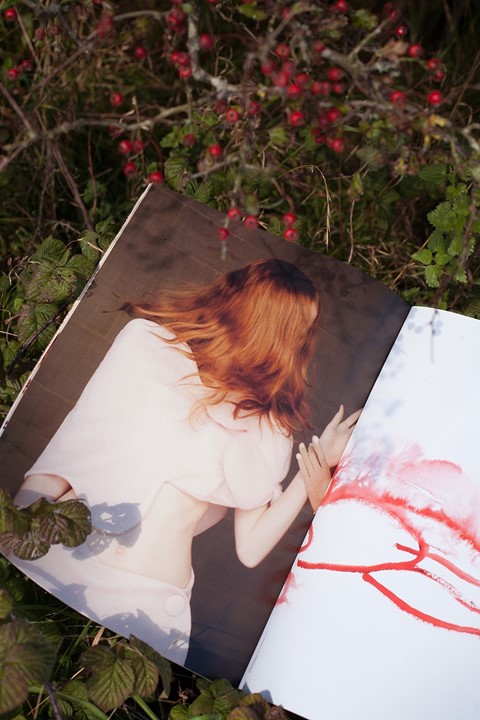
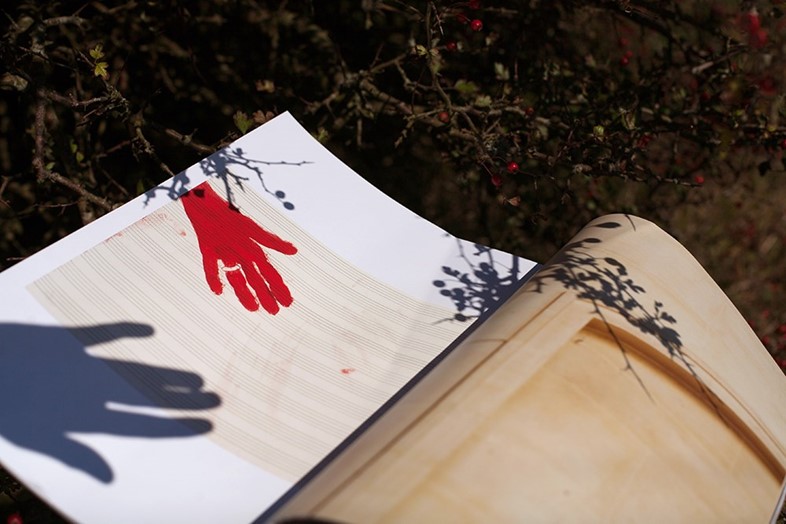
“I discovered Louise Bourgeois' Stiches in Time as a teenager, and I just gasped, this is it – I felt like we had the same life! I've even been to her house - I'm just obsessed. She's a huge influence on my work, and her foundation lent us some of her drawings for the book and they’re amazing. Her work was so personal to her that you just relate to it. It’s magical – grotesque, beautiful and sensual too." – Simone Rocha
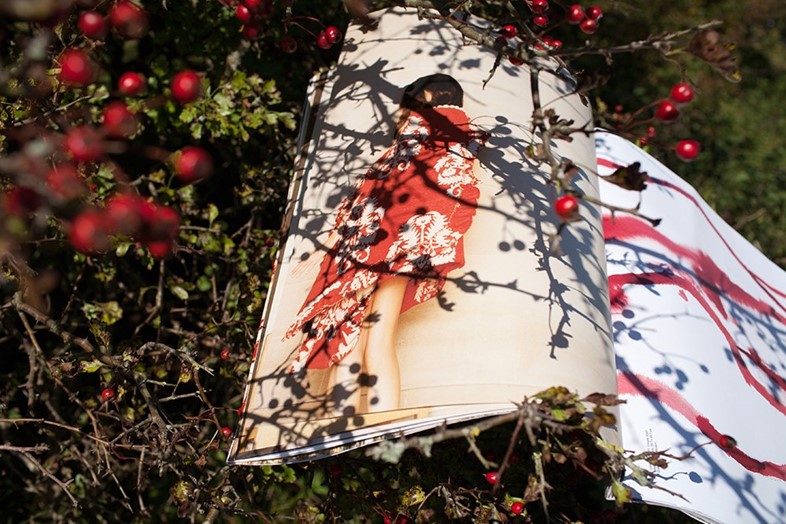
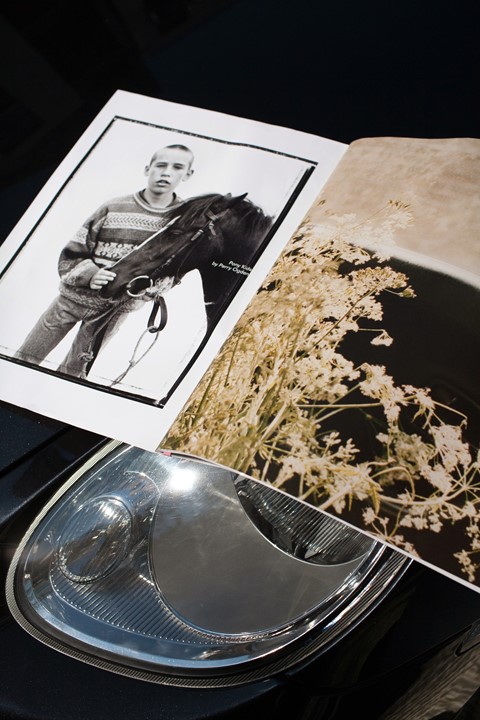
"Simone is building her house with her flagship store. That house represents a foundation for Simone, a beacon between Ireland, Hong Kong and London, all that she is. I think, with the book, she wanted to bring together different bodies of work that reflected that idea. Some of the book might represent part of her heritage, like 'Pony Kids'...and some are part of her recent past, like my series 'Joyrider'. Both of the series represent an idea of Ireland that is untamed but true. They are both highly stylised bodies of work, in their own way, but neither is burdened by artifice." – Ross McDonnell
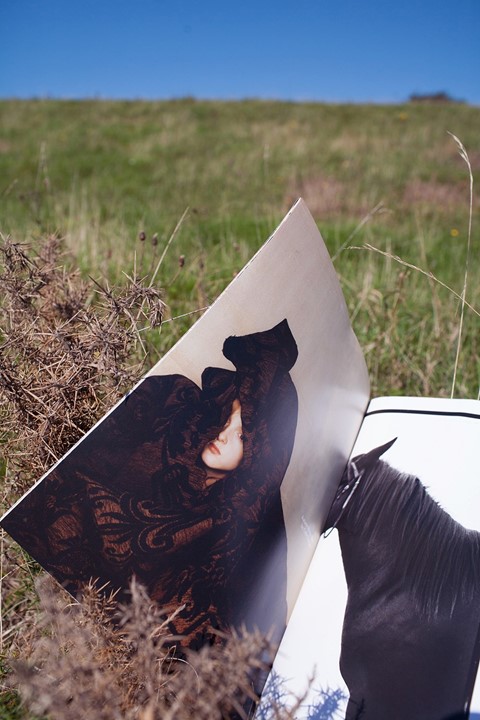
"I think I gradually gravitated towards Simone because she's a likeminded individual, years in the making. That, and beer. I love her trust in herself and her unwavering vision of who she is and what she does. Plus, she never follows the pack. It's refreshing. I really like the interplay between my own photographs and the Louise Bourgeois works in the book, which I didn't really even think about until I saw the final copy." – Colin Dodgson
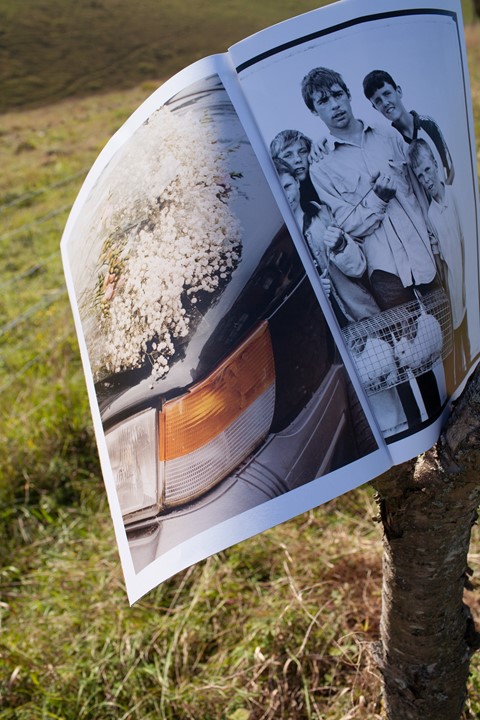
“A few years ago we both became interested in seeing flowers and plants in situations where they naturally shouldn't be. I gave Simone a print for her birthday, of a car with some flowers inside, and a few years later she asked me to do a whole series of photographs, called ‘Flowers and Cars'. We really liked the idea of photographing plants that grew or had been found in manmade objects. I think the photographs work because the idea we came up with together grew from one image that we both loved. It wasn't forced, it grew and developed, in some ways like a flower.” – Jacob Lillis
